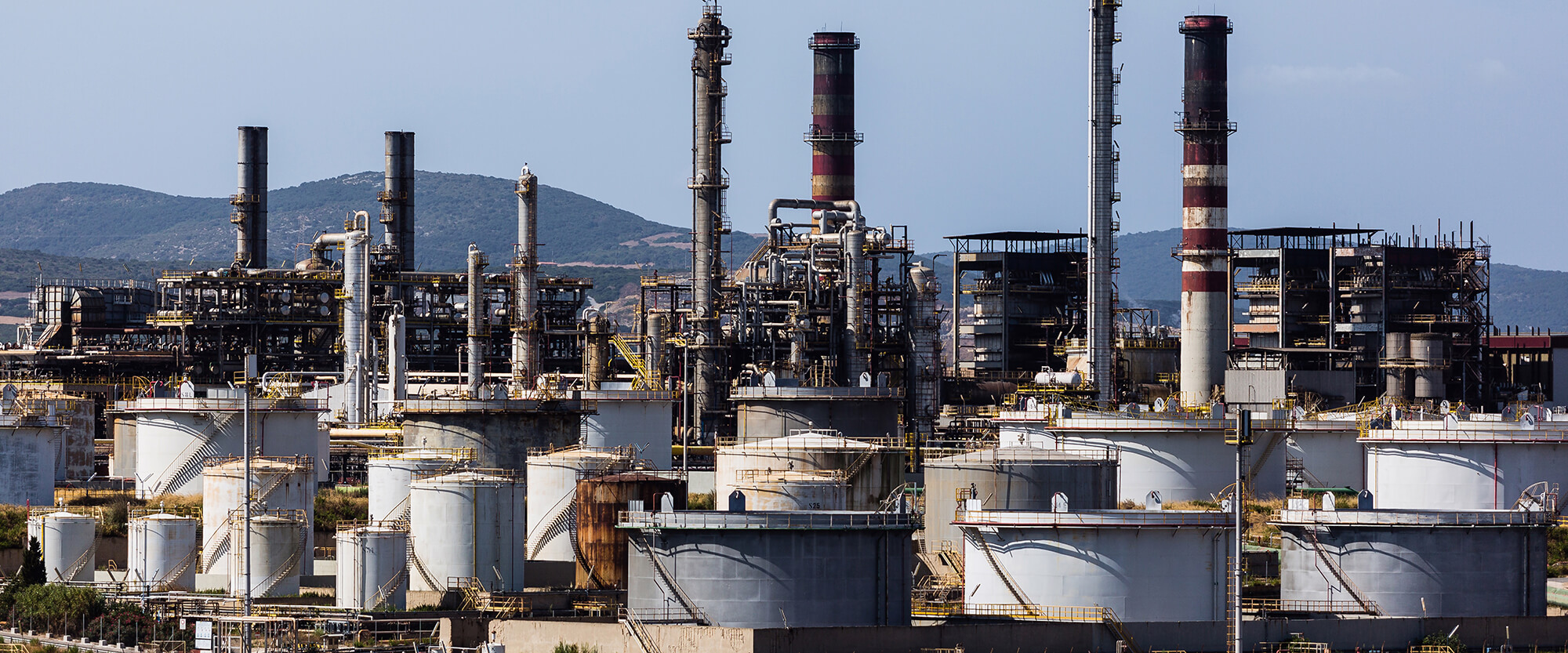Home / Molding method of high density polyethylene
Molding method of high density polyethylene
PE can be manufactured using a wide range of different processing methods. Using ethylene as the primary raw material, propylene, 1-butene, and hexene as copolymers, under the action of a catalyst, slurry polymerization or gas-phase polymerization processes are used to obtain a polymer that undergoes flash evaporation, separation, drying, granulation, and other processes to get a finished product with uniform particles.
Extrusion molding
The grades used for extrusion production generally have a melt index of less than one and an MWD of medium to wide. During the processing, low MI can achieve appropriate melt strength. Wider MWD grades are more suitable for extrusion molding because they have higher production speeds, lower die pressure, and reduced melt fracture trends.
PE has many extrusion applications, such as wires, cables, hoses, pipes, and profiles. The application range of pipes ranges from small cross-section yellow pipes for natural gas to thick walled black pipes with a diameter of 48 inches for industrial and urban pipelines. The use of large-diameter hollow wall pipes as substitutes for rainwater drainage pipes and other sewer pipelines made of concrete is growing rapidly.
Sheet and hot forming
The thermoformed lining of many large picnic-type refrigerated boxes is made of PE, which is tough, lightweight, and durable. Other sheet materials and thermoformed products include mudguards, tank liners, pan protective covers, transport boxes, and cans. A large and rapidly growing application of sheet materials is plastic film or pool bottom village, which is based on the characteristics of MDPE, such as toughness, chemical resistance, and impermeability.
Blow molding
More than one-third of high density polyethylene HDPE sold in the United States is used for blow molding purposes. These range from bottles containing bleach, engine oil, detergents, milk, and distilled water to large refrigerators, car fuel tanks, and cans. The characteristic indicators of blow molding grade, such as melt strength, ES-CR, and toughness, are similar to those used for sheet and hot forming applications, so similar grades can be used.
Injection blow molding is typically used to manufacture smaller containers (less than 16oz) for packaging drugs, shampoo, and cosmetics. One advantage of this processing process is that the production of bottles automatically removes edges and corners, eliminating the need for post-processing steps such as general blow molding.
Injection molding
HDPE has countless applications, ranging from reusable thin-walled beverage cups to 5-gsl cans. Injection molding grades generally have a melt index of 5-10, with grades with lower toughness and higher processability. Applications include thin-walled packaging for daily necessities and food, resilient and durable food and paint cans, and high resistance to environmental stress cracking applications such as small engine fuel tanks and 90 gal garbage cans.
Contact Us
TEL: 0086 25 51192301
EMAIL: info@ascent-chem.com
EMAIL: sophiahoney247@gmail.com
Copyright © Ascent Sbr All Rights Reserved.

